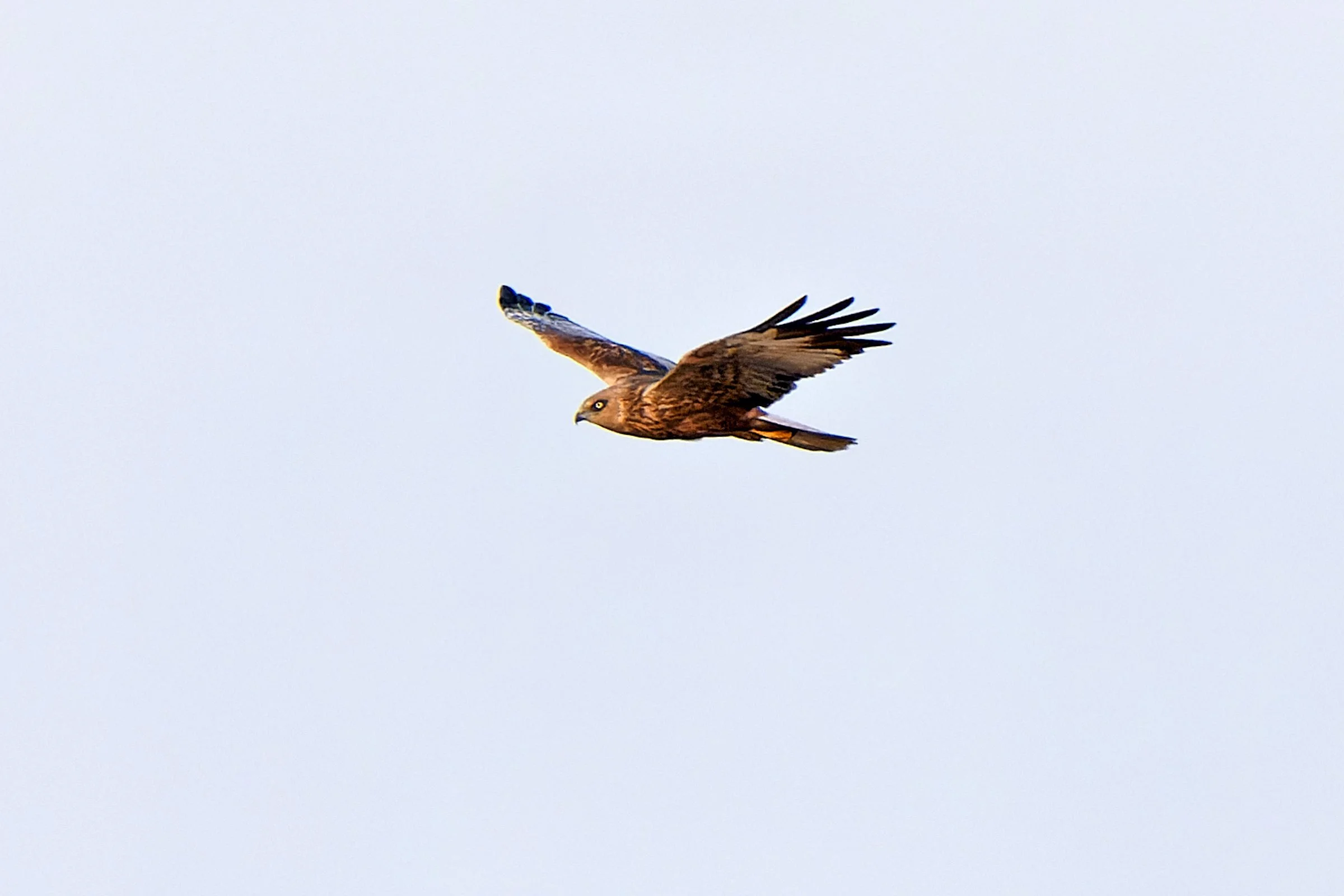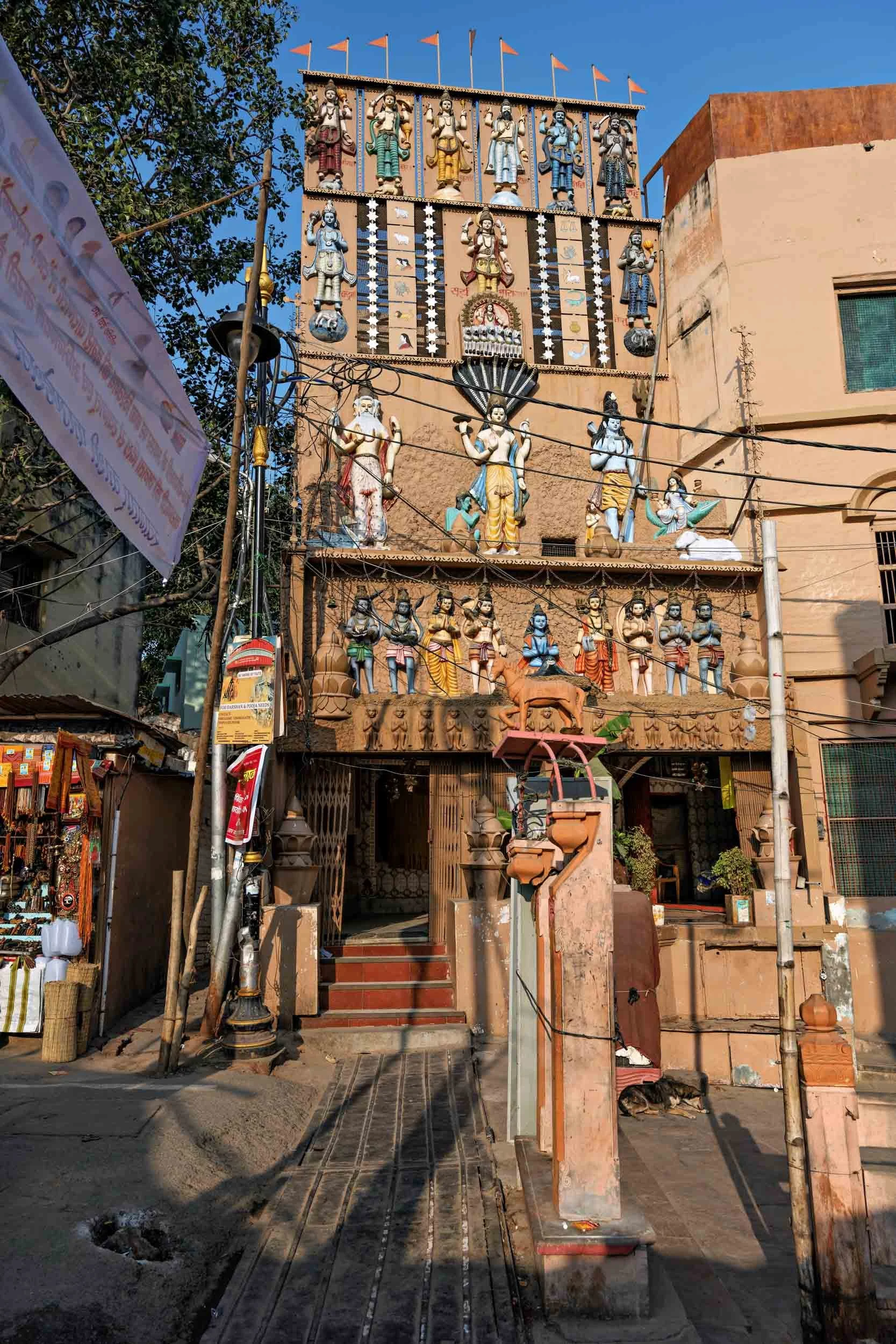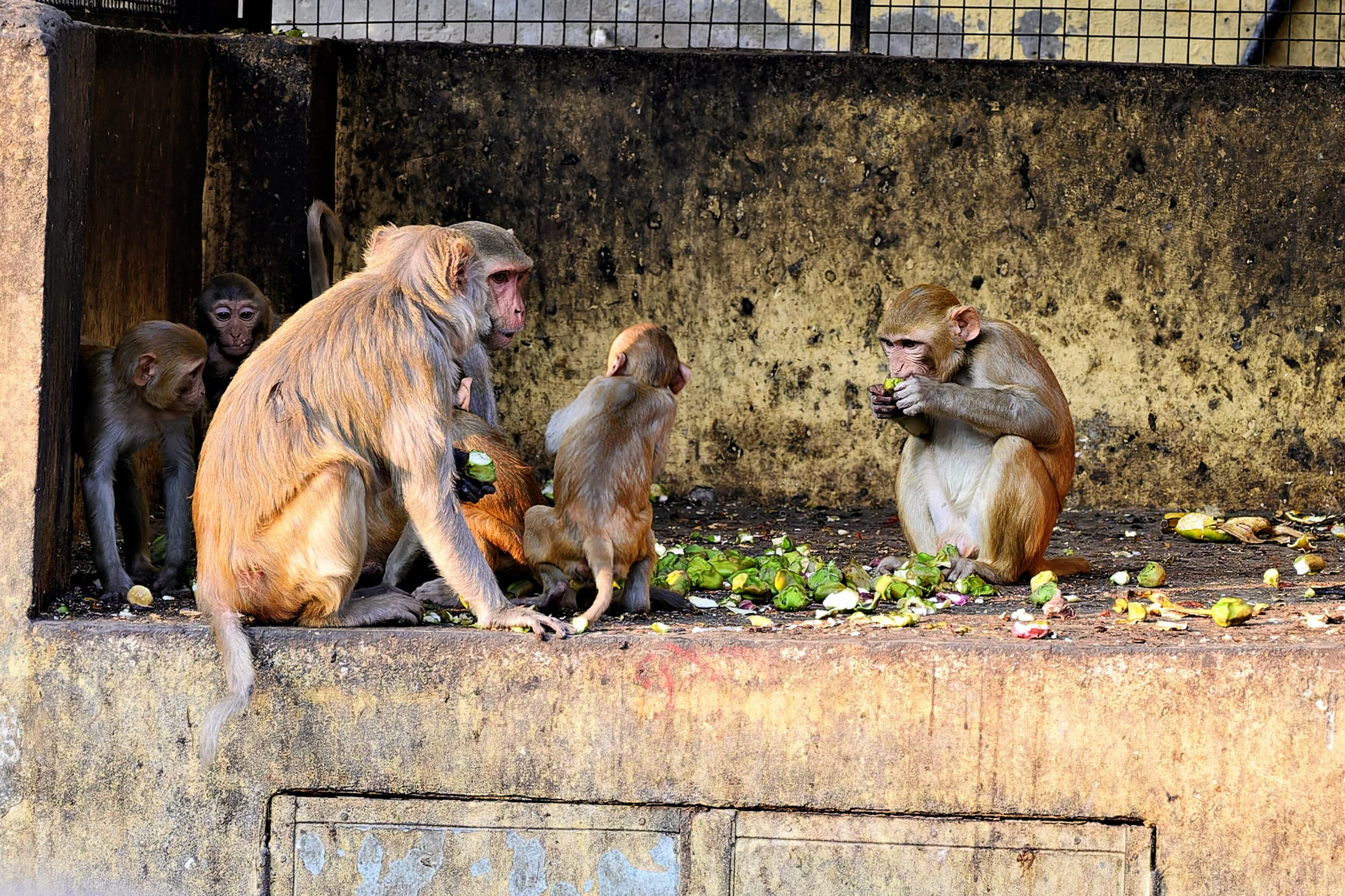Iceland Circular Route September 2015
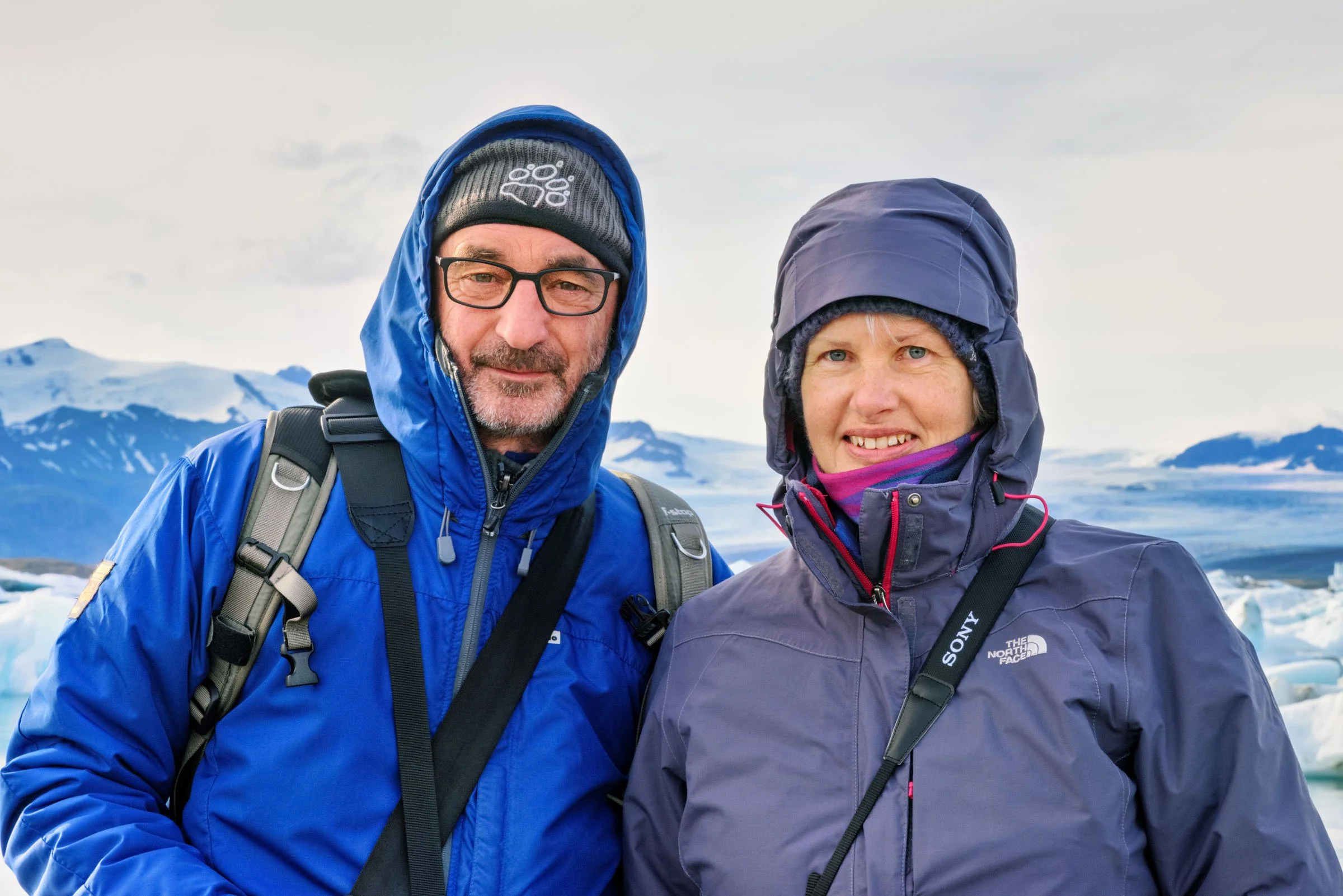
After retirement we moved to Liverpool and my interest in photography increased through doing wedding photography with Paul Poynter of White Dove Photography. Come 2015 I was keen to go to Iceland and try some photography in the remarkable landscapes there.
On the 6th September 2015 we flew from Manchester airport to Keflavík International Airport in Iceland to begin a tour of the island following the ring road in a clockwise direction. We had allowed 15 days for this iconic tour. We were keen to explore the island having heard of its magnificent scenery and wanting to develop our landscape photography skills. Helen was armed with her excellent Sony a6000 CSC and me with my Nikon D810 and D750 and feeling like beginners when it comes to landscape photography. We took a pair of Sirui tripods, neutral density filters and for my Nikons the Tamron 24-70 F2.8 and Nikon 70-200 F2.8 lenses.
Having picked up a rented 4WD Jeep Cherokee we set off for our first destination – Grundarfjörður, a small town, situated in the north of the Snæfellsnes peninsula in the west of Iceland. We had just about a day and a half to explore the peninsula with its mountain, glacier, waterfalls and beaches. The most notable features of the peninsula while we were there were WIND and RAIN. So we saw very little! We were staying at the Old Post office and a feature of this small town is the very striking Kirkjufell (church mountain) which was almost invisible during our stay due to the rain.
On day 2 we intended to explore the Snæfellsnes peninsula national park and I was hoping we would climb the Snæfellsjökull volcano with the glacier at its peak. No such luck! The wind and torrential rain continued and we were largely confined to the jeep. This was a day for dispelling the idea that Iceland would easily give up its scenic and photographic wonders! I was beginning to learn my small insignificance in this wild and energetic place! Still, this didn’t stop us getting around and deciding it was definitely a place to visit at a future date to explore in more clement weather. Meanwhile, a day in the wild wind and rain but not requiring as much resilience as Gudridur Thorbjarnardóttir. Almost five centuries before Columbus, Viking women sailed the perilous to North America. Gudrid Thorbjarnardottir was the first documented European woman to have a child in North America. Her story is told in first-person point of view in the historical novel God's Daughter by Heather Day Gilbert. It is said she transitioned from being a pagan seeress to embrace Christian faith.
Without detailing every day we continued on our trip with typically very variable weather – wind, rain and sun! We visited Akureyri, Lake Myvatn, Hverjall volcanic crater, Krafla and Leirhnjukar lava fields. Then on to Husavik with the possibility of a whale trip. Heading north on route 85 to waterfalls at Hafragilsfoss, Dettifoss and Selfoss and the Jokulsargljufur canyon.
Next destination was Seyðisfjörður via Modrudalue – the highest inhabited place in Iceland at 469m. The drive down to Seyðisfjörður was spectacular the rain was heavy, the car broke down and we enjoyed a very wet climb up the side of a waterfall and then taking in Berlin artist Lukas Kühne's bulbous sculpture known as Tvísöngur, mixing concrete, nature, and sound to create an interactive tribute to Iceland's unique tradition of five-tone harmony. Wonderful!
Next on to Hofn and then Hof and a visit to the remarkable Jokulsarlen Ice Lagoon.
We then travelled on to the Hveraverdi geothermal area and on to Reykjavic.
It was a fantastic trip and these photo’s a some of the thousands I took.
Marsh Harrier - Ham Wall
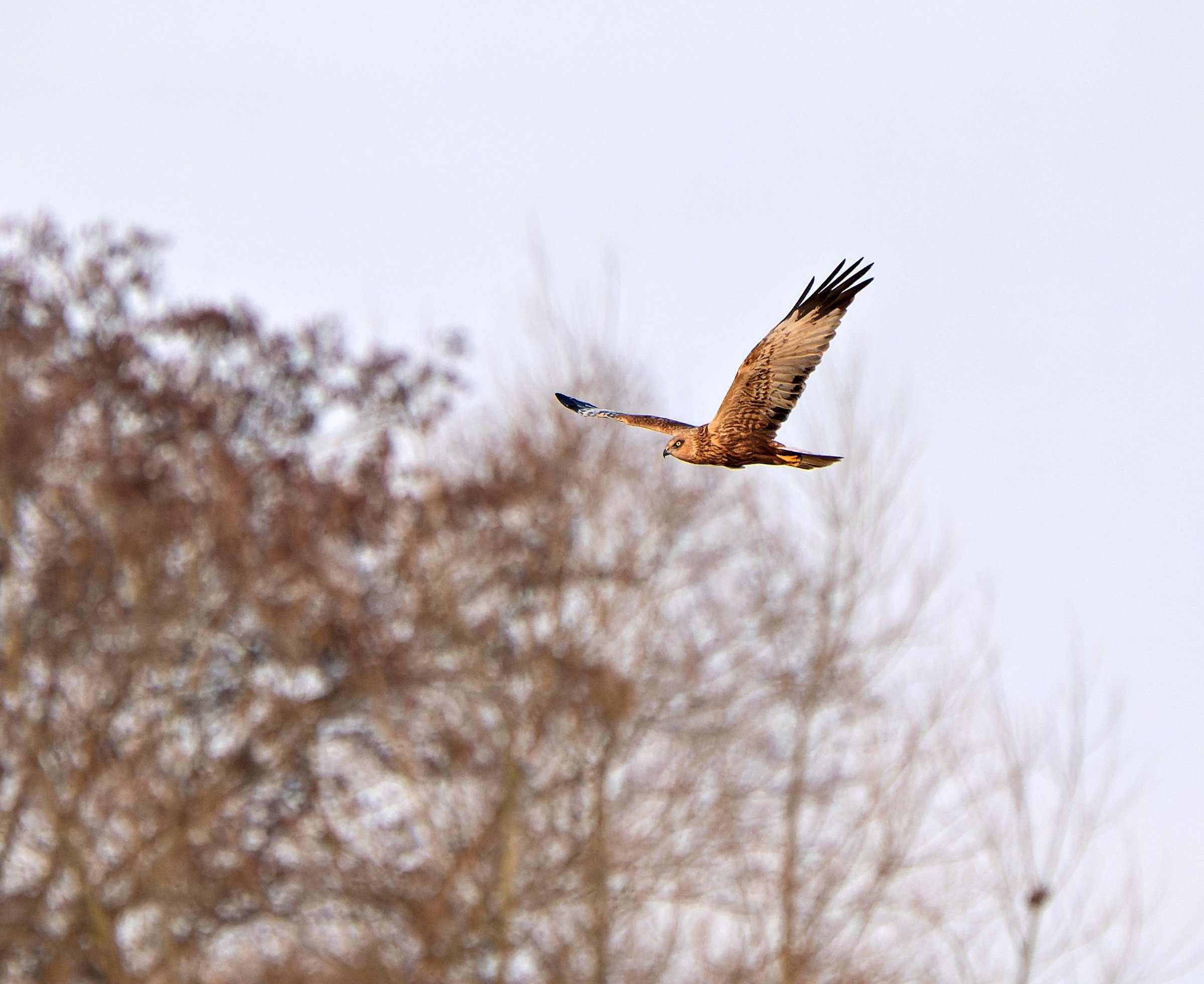
The Marsh Harriers are a glorious site at RSPB Ham Wall on the Somerset Levels. I can never get close enough for good images but here are a few from a recent visit. With a few other images from that afternoon. Nikon Z7ii with 7-200 F2.8 with 2xTC.
City of Light - Kashi, Banaras, Varanasi
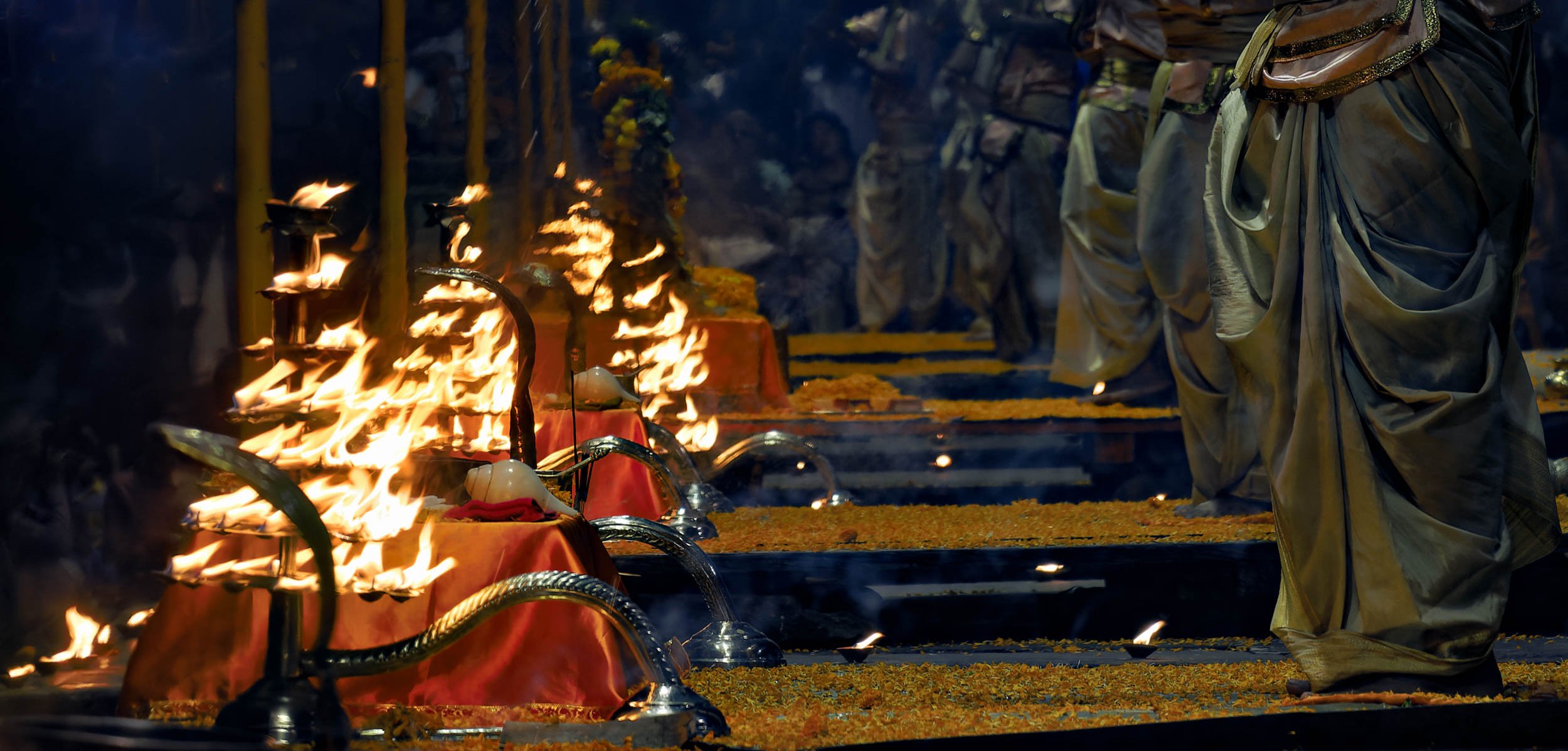
I am fascinated by the city known as Varanasi. I became aware of it when I heard Prof Diana Eck speak of it at a conference in Boston USA in 1999 and when I read her extraordinary book – Encountering God. It has been a profound journey for me, coming from a very narrow Christian sect, to the awareness the Divine in all of reality - including traditions other than my own. My own exploration of other faith traditions, contemporary expressions of spirituality and science have deepened and expanded my own understanding and experience of Christ as a universal evolutionary creative loving Presence.
“Varanasi, also known as Kashi and Banaras, is a city in the northern Indian state of Uttar Pradesh dating to the 11th century B.C.E. Regarded as the spiritual capital of India, the city draws Hindu pilgrims who bathe in the Ganges River’s sacred waters for prayer and ritual. In Varanasi, one is in a time warp where one is living in history as if time has never stopped, for the people, both residents and pilgrims, continue their daily practices and worship in ways relatively unchanged for millennia, a continuum of thousands of years. Being in Varanasi is like being on a thread pulled from a cloth that dates back to the beginning of time. Here, one doesn’t “see” a ruin, as one does in other ancient civilizations, but a living city where history hasn’t stopped.” David Scheinbaum.
This is a collection of photo’s from Nov 2019 when I was able to visit Varanasi during a north India trip, with the help of my son Matt, a seasoned traveller to India. I loved the light, the water, the fire and the devotion so evident in this place - the life-energy of the universe expressed in so many vivid and evocative ways.
Agra, Sheroes and the Taj Mahal.
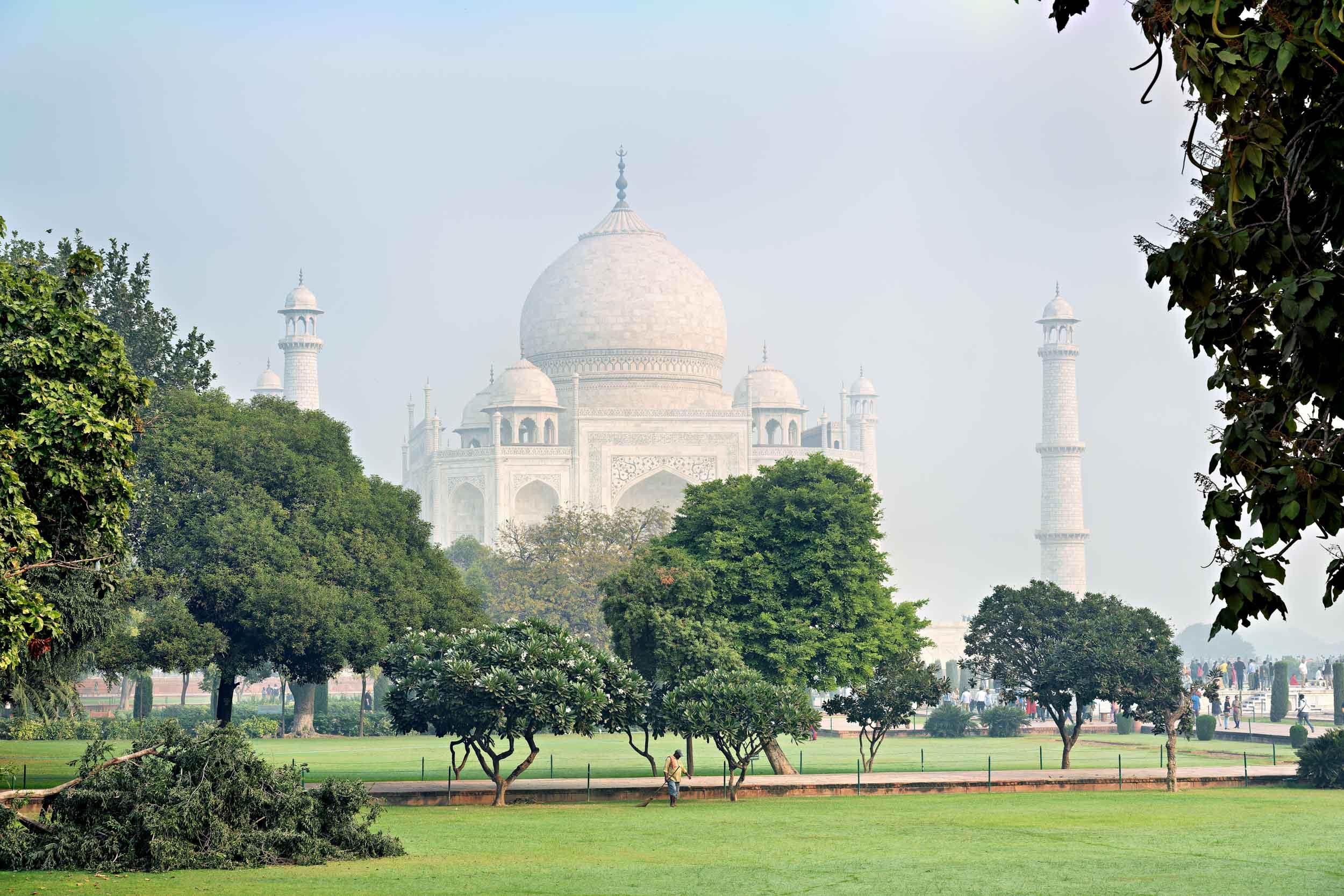
The city of Agra is the home to the majestic Taj Mahal but I was also able to visit the Sheroes Cafe that exists to support and be active on behalf of women who have suffered from acid attack.
Wells ART Contemporary

The annual Wells Arts Contemporary is on until 28th August, held at the cathedral and cathedral gardens. It shows 120 artworks and 29 installations. I particularly appreciated the installations which express some powerful themes including the following:
Tara Kennedy’s Hope Emerging which weaves together strands of unity, empathy and hope for more harmonious outcomes in relation to culture wars and religious conflicts.
Paul Bonomini’s L’Ascensione is particularly powerful to me as the theme of ascension is very much on my mind at present- in the sense of the need for humanity to ascend to higher and wider ways of being on this earth and also the personal aspiration to ascend through weakness, pain and difficulty to higher, deeper and more loving ways of being. This metal installation ascends the steps towards the chapter house and is symbolic of “the ascension of the mind”.
The usual splendour of the Chapter House becomes an environment for transformation with the installation Kaleidoscope with Mirrors by Anne Bennett. This can be quite a powerful theme as the chapter house is filled with butterflies which may speak of healing, change, rebirth, or the transition from earthly life to Infinite life. All with a kaleidoscope of colour and offering self-reflection in mirrors.
The reflective curved glass balls in Jane Taylor Weekes’ installation To see the world in a grain of sand incites the playful poetic and painful paradoxes of life, the temporal and the eternal, strong yet fragile, natural yet infinite. As I gaze at this installation, including the religious backdrop, it speaks of the movement of our lives which may sometimes seem to be chaotic or random, the way that glass marbles may roll about, and yet all is held in an Infinite embrace of Love.
20 Days in India - BHARATPUR and the Keoladeo Bird Sanctuary
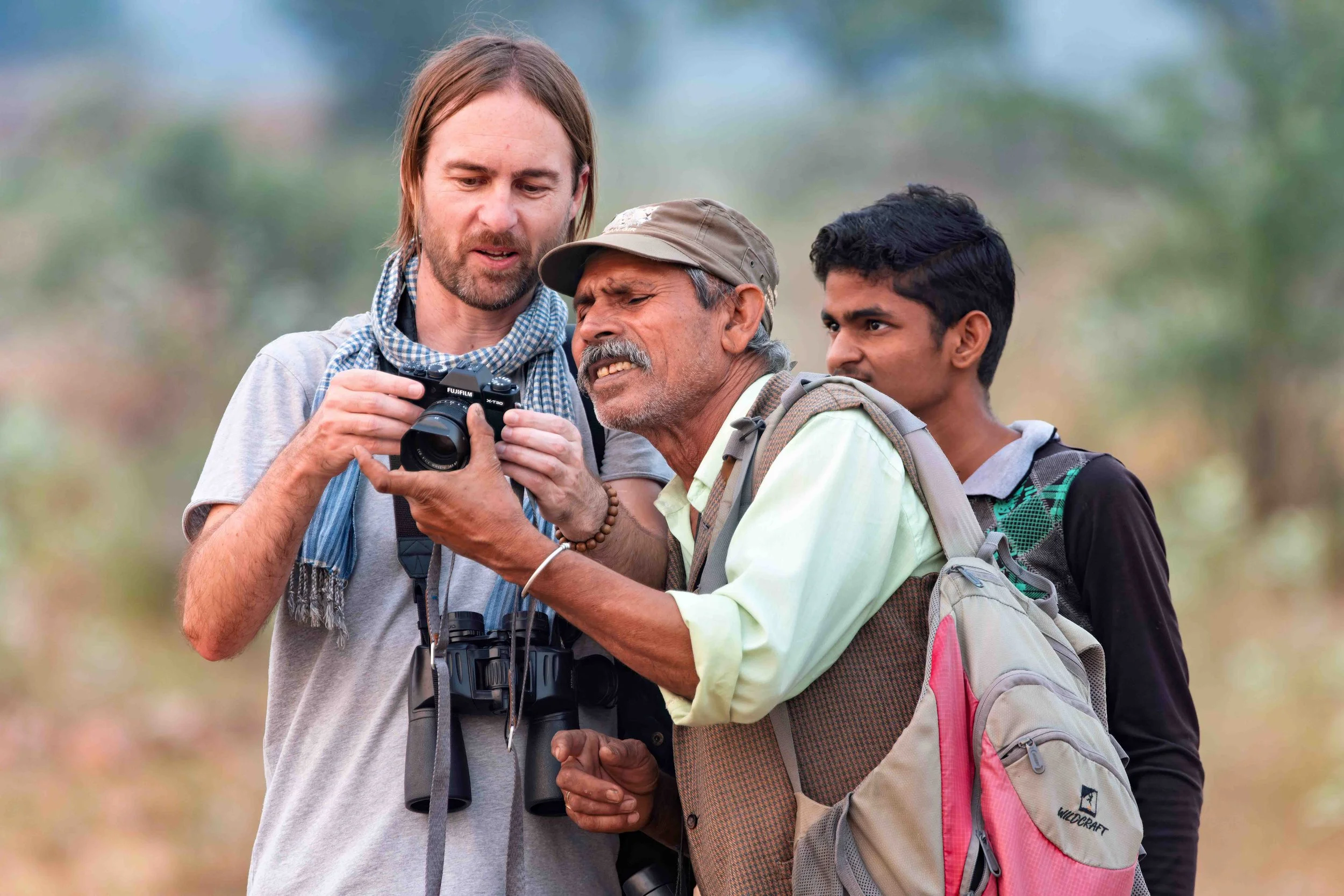
It was a particular pleasure to visit Bharatpur and the Keoladeo Bird Sanctuary and to meet the ‘birdman of Bharatpur’- Ratan Singh. This former duck-hunting reserve of the Maharajas is one of the major wintering areas for large numbers of aquatic birds from Afghanistan, Turkmenistan, China and Siberia. Some 364 species of birds, including the rare Siberian crane, have been recorded in the park.
20 Days in India - Jaipur

Next stop is Jaipur, capital of Rajasthan state, north-western India. Its buildings are predominantly rose-coloured, and it is sometimes called the “pink city.” The chief buildings are the City Palace, part of which is home to the royal family of Jaipur; Jantar Mantar, an 18th-century open-air observatory that was designated a UNESCO World Heritage site in 2010; Hawa Mahal (Hall of Winds); Ram Bagh palace; and Nahargarh, the Tiger Fort. Other public buildings include a museum and a library. Jaipur is the seat of the University of Rajasthan, founded in 1947.
It was a particular pleasure to visit the Birla Mandir Hindu temple as well as another of many temples and to witness temple worship.
20 Days in India - UDAIPUR

Continuing to re-edit my northern India series from 2019: 20 Days in India. This time from the city of Udaipur, sometimes thought of as the Venice of the east. It was a strikingly beautiful place, a popular wedding location - I even got involved with photographing a wedding couple. the city has several sparkling lakes against a backdrop of the Aravail hills. Jag Niwas and Jag Mandir, islands in Fateh Sagar Lake, are the site of Udaipur Solar Observatory and Nehru Garden. Famous palaces include the magical Lake Palace, now a luxurious five-star hotel, and the massive City Palace on Pichola’s east bank, featuring epic courtyards and stunning paintings.
20 DAYS IN INDIA - Ranakpur

Day 6 of our journey saw us take a taxi from Jodhpur to Udaipur via Ranakpur, a journey of some 155 miles. Ranakpur is a village in the Pali district of Rajasthan in western India, notable for it’s Jain temple, dedicated to Rishabh deva – the founder of Jainism.
As far as I understand it, Jainism began as a reforming tradition around 600-800 BC, rejecting the Vedic scriptures, the Hindu priesthood and the sacrifice of animals. The Jains have saints called tirthankaras - of which there are recognised 24 in any age. Jains seek to live lives of harmless nonviolence leading to liberation or salvation.
20 DAYS IN INDIA - Jhodpur

On the 5th day of this trip, an early morning start at Jaisalmer railway station. Quite a sight for the inexperienced India traveller! Station floor and platforms with many people sleeping - a rather overwhelming experience.
Destination Jhodpur: the Blue City. Jodhpur is a city in the Thar Desert of the northwest Indian state of Rajasthan. Its 15th-century Mehrangarh Fort is a former palace that’s now a museum, displaying weapons, paintings and elaborate royal palanquins (sedan chairs). Set on on a rocky outcrop, the fort overlooks the walled city, where many buildings are painted the city’s iconic shade of blue.
The Common Wanderers put travel by train this way (www.thecommonwanderer.com)
“To travel by train in India is, essentially, to journey through (and with) a microcosm of the entire country. From the second you board to the minute you alight at your journey’s end, the whole experience is intense, colourful, confronting, uncomfortable, sweaty, smelly, loud, exciting and wonderful.
Unlike flying, where you’re trapped in a row with a few other strangers, served bland food, and generally bored and cramped up within minutes of sitting in your seat, train travel gifts you an insight into Indian society and its structures. Families share food with other passengers, chaiwallahs traverse the train selling steaming cups of tea, signs blur past in foreign script, and unique landscapes flick past the window like a film. The sights, smells and sounds of India and her people reveal themselves to you with every turn of the clacking wheels.
Simply put, there’s an energy on the trains and platforms of the Indian rail system that just doesn’t seem to exist anywhere else in the world.”
20 DAYS IN INDIA - Jaisalmer
After just one night in Delhi my son Matt and I flew to Jaisalmer the ”Golden City” of the Indian state of Rajasthan in the north east of the country, a desert region. The city stands on a ridge of yellow sandstone on which is the ancient Jaisalmer Fort. The fort contains a royal palace and several ornate Jain temples. Many of the houses and temples are built of finely sculptured sandstone. The city lies in the heart of the Thar Desert (the Great Indian Desert) and has a population of about 78,000.

20 DAYS In INDIA - Delhi

My interest in India began in 1999 when I attended a conference in Boston USA on the theme “Spirituality & Healing in Medicine” run by Herbert Benson’s Mind-Body Institute. One of the many speakers was Diana Eck, Professor of Comparative Religion and Indian Studies at Harvard University. I had been going through some transitions in my Christian spirituality and was fascinated by her ideas, expressed well in her book Encountering God – A Spiritual Journey from Bozeman to Banaras. Prof Eck has extensive experience of India having lived for a number of years in Banaras (Varanasi) and travelled extensively.
I had been opened up from a very narrow sectarian Christian faith into an exploratory spiritual journey by some direct spiritual experiences that I had, suggesting something of the unity of all things. Diana Eck helped me to realise that people of other faith traditions are also able to experience the divine and she left me with a curiosity about that most holy of India places – Banaras or Varanasi.
Thanks to my son’s itinerant lifestyle I had the opportunity to visit India, including Varanasi, eventually in 2019.
First stop was Delhi, arriving in to the smells and haze of a city just having celebrated the festival of Diwali, which celebrates the triumph of good over evil.
So a few images from India…
Where we’ll stay
Hazrat Nizamuddin – the mausoleum that is dedicated to the Sufi saint Khawaja Nizamuddin Auliya who lived in the early eras of 1238-1325 CE.
The Jama Masjid
The narrow streets of the old town
The Newt in Somerset with a macro lens

The Newt in Somerset is an impressive working estate with hotel and spa, gardens, orchards, landscaped apple garden, Roman villa, woodland, serpent high tree walk etc. Newt | The Newt in Somerset
This is a series of photos taken with a macro lens (Nikon Z7ii, Z 105 F2.8 macro lens).
Spire Falls


Drama on St Thomas Street as top of St Thomas Church spire falls in high winds. I was out watching the scene, as we live very close by, with the spire rocking in the wind and the police and fire service in attendance. I was crossing the road as it fell and not filming unfortunately! Thankfully it fell to the ground, missing the roof and nobody hurt.

















































































































































































































































































































































































